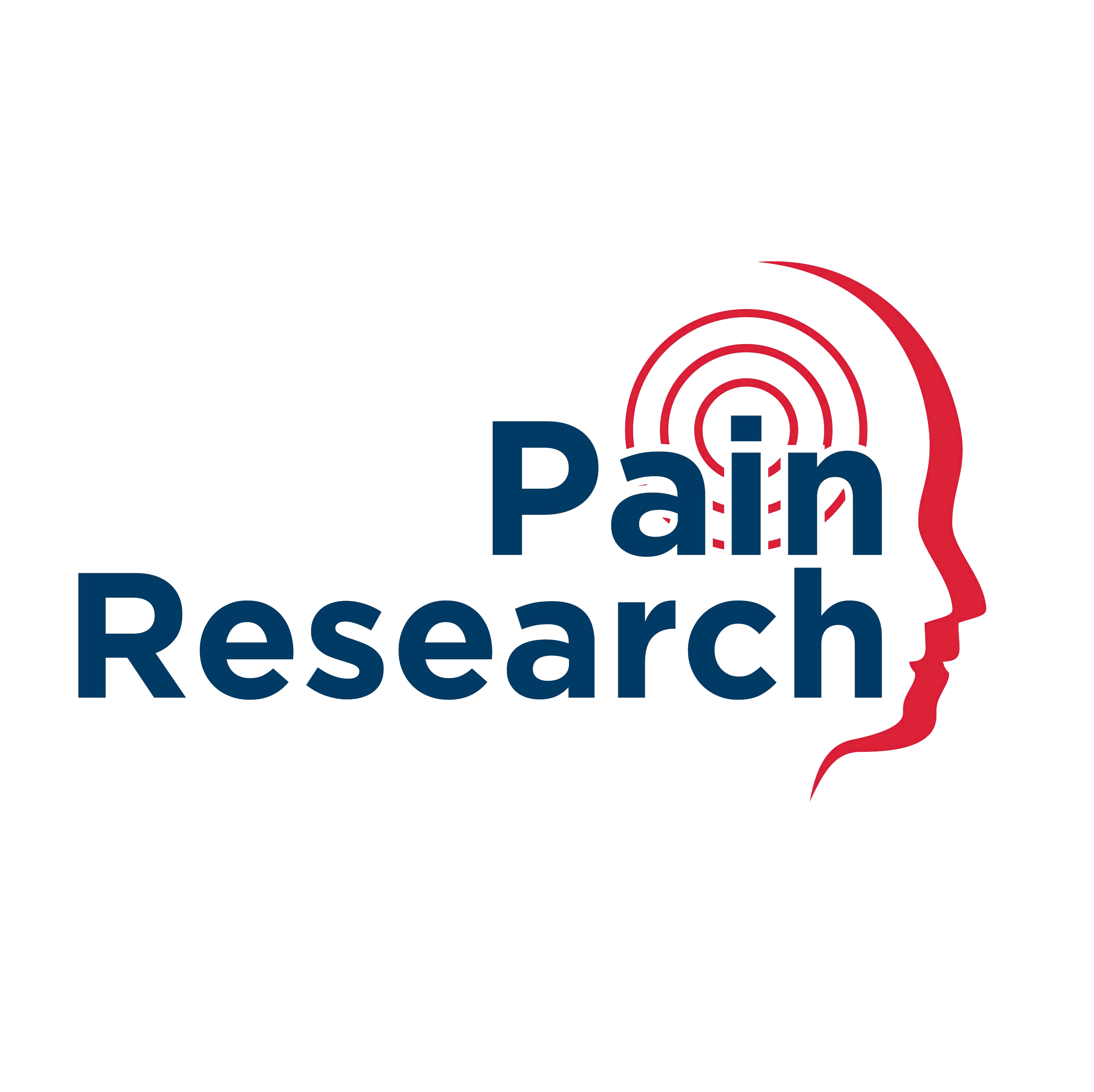This study aims to understand the types of pain affecting the face, head and mouth regions in people with Parkinson’s disease. Most people living with Parkinson’s disease experience pain, and this pain is often not well managed. Pain acts as the body’s warning system, signalling that something may be wrong so that the area can be protected and given time to heal. Pain in the head, face, and mouth area (known as orofacial pain) is often felt more intensely than pain elsewhere in the body. This stronger reaction encourages greater protection of an area, which contain structures vital for survival, such as the eyes and brain.
We do not yet know what kinds of orofacial pain people with Parkinson’s disease experience, or whether this pain changes as the disease progresses. Learning more about these patterns could help healthcare professionals provide better pain management and, in turn, improve the quality of life for those with the condition.
Research team
Dr. Emma Beecroft
Dr. Hiba Salman
Professor Nicola Pavese
Professor Justin Durham

Emma Beecroft Principle Investigator FacE-PD
Contact details for research team
Primary investigator: Emma Beecroft
Address: School of Dental Sciences, Newcastle University, Framlington Place, Newcastle upon Tyne NE2 4BW.
E-mail: emma.beecroft@ncl.ac.uk
Tel: 01912820974
QR code link to FacE-PD online questionnaire






